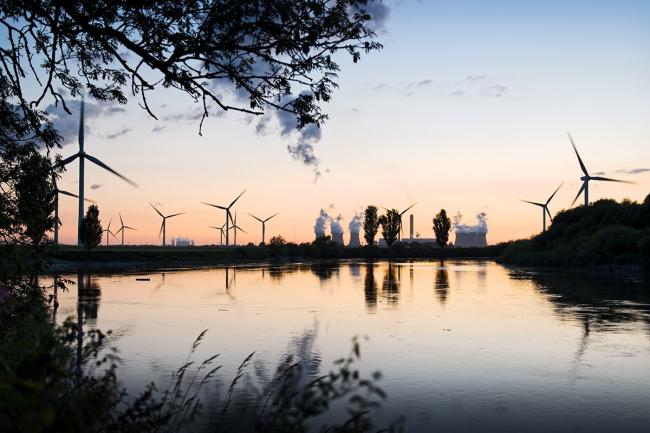September 2nd 2020
As the COVID-19 virus stealthily migrated around the world, the inevitable impact upon economic activity arrived in the form of lockdowns.
The stock market tumbled, and citizens of the most polluted cities were awed as the skies cleared and the stars twinkled. The incessant rumble of air transportation faded, and contrails vanished from the sky. The urban dawn chorus evoked joy in many who had not heard it for so long.
This global collective human experience fostered renewed calls for job-creating, green stimulus packages.
As governments took stock, grappling with public health and safety issues, they developed and delivered economic stimulus packages. Many of them were characterized as climate-friendly and promised to catalyze transition.
Using public domain publications and press reports, our research group analyzed these packages to quantify how positive they were with respect to climate change.
The global map below illustrates the regions where sufficient detail of stimulus spending allowed us to make an assessment. The traffic light system is used to quickly convey a climate friend or foe to regional stimulus. Jurisdictions that invoked climate-friendly stimulus were given a green light. Yellow lights illuminate regions where the status quo would be maintained, while a red light indicates responses that would likely exacerbate climate change.

- Green: Likely to reduce GHG emissions post COVD-19: Germany – South Korea – Australia
- Yellow: Likely to maintain the status quo: Canada – France – U.K. – South Africa – India
- Red: Likely to increase GHG emissions post COVID-19: Russia – U.S. – China – Nigeria – Egypt – Brazil
Germany’s green light is earned with an economic rescue package worth up to €130 billion (US$147.5 billion) to stimulate businesses and support workers. About €50 billion will go to addressing climate change by targeting initiatives such as public transport, electric vehicles and renewable energy and €9 billion is earmarked to fund the hydrogen industry. In all, around 40 per cent of Germany’s stimulus spending is focussed on a lower GHG emission future, with the remaining 60 per cent being neutral.
A red light is awarded to Russia which has unveiled measures worth US$72 billion aimed at reviving the economy, including significant investments in oil companies, with no specific plans to address environmental sustainability.
"Countries like Canada that have opted to support the status quo and failed to embrace the economic promise of a renewable energy third industrial revolution will ultimately be economically disadvantaged and falter."
Here at home, Canada gets a yellow light for putting most of its stimulus into neutral job support for the economy. A few measures are aimed at environmental issues, including $1.72 billion for cleaning up abandoned oil and gas wells, and $750 million for reducing GHG emissions from conventional oil and gas.
Significantly, funds for the energy sector are going exclusively to the oil and gas industry, not renewable energy. The majority of Canada's $150 billion stimulus is climate neutral economic support.
Twice as many countries get a red light compared to those that get a green light
Countries that have selected policies that place them in the red category means that their leaders have not embraced the potential for change, but have invested in sunset industries at the expense of the climate and future economic well-being. This is a tragic failing.
Countries such as Canada that have opted to support the status quo and failed to embrace the economic promise of a renewable energy third industrial revolution will ultimately be economically disadvantaged and falter. Oil and gas industries employ millions of people; therefore, governments and politicians tend to neglect future growth opportunities in favour of short-term, vote-garnering decisions.
We hope that more countries and leaders follow in Germany’s footsteps and consciously choose long-term, climate-friendly policies over short-term, vote-friendly solutions.
For a more technical description of our work, please visit our academic posts for the Simon Fraser University ΔE+ research group.
[Top photo: ustainable Transition: Coal power is being phased out in the UK as wind turbines proliferate. Photo credit: A.S. Wright]

